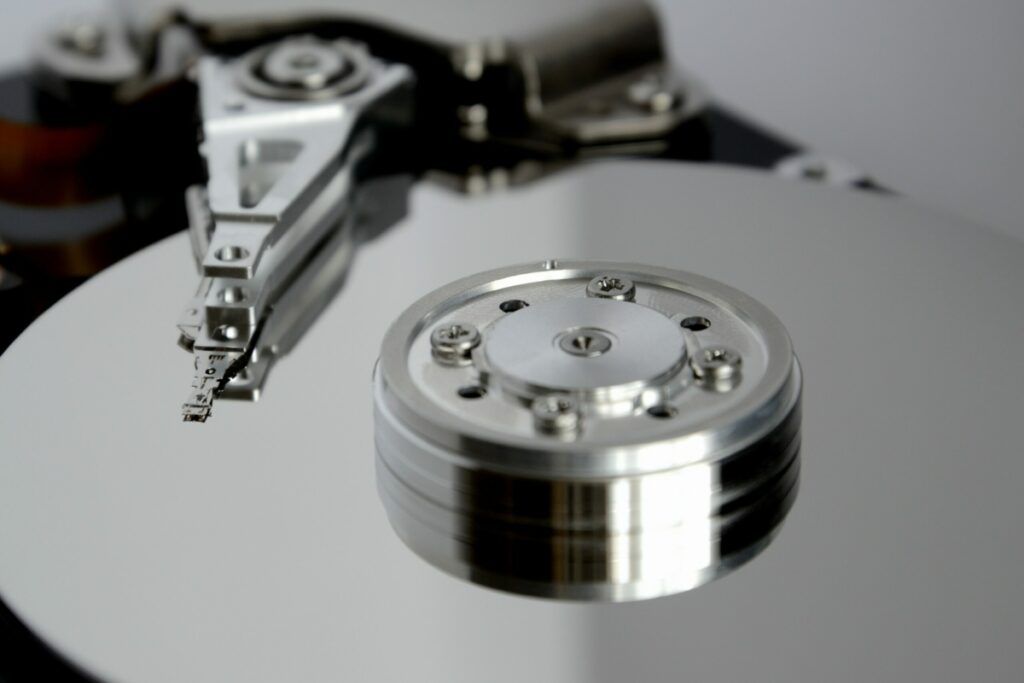Overview
A disk partition is a method of partitioning a hard drive or storage device into numerous distinct sections, each of which the operating system treats as a separate entity. How data is saved and structured on a partition is determined by the various disk partitioning formats. We’ll examine several of the most popular disk partitioning types in this post, including NTFS, FAT32, and others.
FAT32
One of the earliest disk partitioning formats, FAT32 was first made available with the launch of Windows 95. It is often used for detachable storage devices like flash drives and stands for File Allocation Table. Due to its 4GB file size restriction, FAT32 is not recommended for large files or media files. But it works well with many different operating systems, such as Windows, Linux, and macOS. Using the following command, you can format a flash drive to use FAT32:
format fs=FAT32 quickNTFS
A more recent disk partition format called NTFS was launched along with the launch of Windows NT. It is the default file system used by Windows and stands for New Technology File System. When compared to FAT32, NTFS offers higher security and better file management. There is no restriction on the number of files you may keep on a partition, and it also supports greater file sizes. You can use the next command to change a drive to NTFS:
convert Q: /fs:ntfs /nosecurityBootable NTFS USB
A bootable USB drive is a storage device that can be used to install an operating system on a computer. To create a bootable NTFS USB drive, you first need to format the drive to NTFS and then use the bootsect.exe utility to make it bootable. The following command can be used to create a bootable NTFS USB drive:
bootsect.exe /nt60 Q:Other Disk Partition Formats
In addition to FAT32 and NTFS, there are several other disk partition formats, including:
- exFAT: This is a newer file system that is similar to FAT32, but supports larger file sizes and has no limit on the number of files you can store on a partition.
- HFS+: This is the file system used by macOS, and is designed for Mac computers.
- Ext4: This is the standard file system used by Linux and provides better performance and improved security compared to other file systems.
Activate a Partition and Assign and Drive Letter
To activate a partition and assign a drive letter do the following:
Start the command prompt as Administrator and start the diskpart utility.
diskpartlist disk select disk [disk number] list partitionselect partition [partition number] active assign letter=[drive letter]Replace “[disk number]” with the number of the disk that contains the partition you want to activate, and replace “[partition number]” with the number of the partition you want to activate. Replace “[drive letter]” with the letter you want to assign to the partition.
Note: The diskpart utility must be run as an administrator to make changes to disk partitions.
The different disk partition formats offer different levels of compatibility, security, and performance, and it’s important to choose the right format for your needs. Whether you’re using a removable storage device or a hard drive, formatting it to the right file system can help you to get the most out of your storage.

